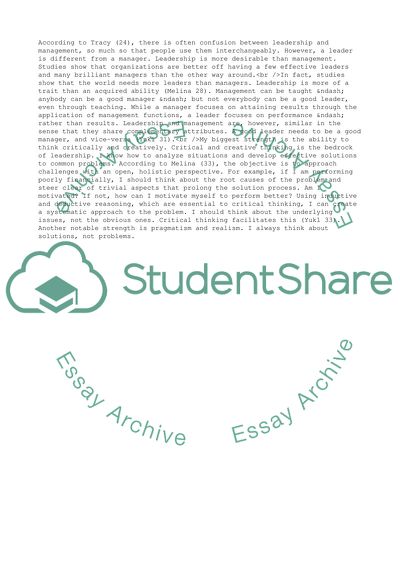Cite this document
(What Is Leadership Assignment Example | Topics and Well Written Essays - 1750 words - 17, n.d.)
What Is Leadership Assignment Example | Topics and Well Written Essays - 1750 words - 17. https://studentshare.org/management/1852613-leadership
What Is Leadership Assignment Example | Topics and Well Written Essays - 1750 words - 17. https://studentshare.org/management/1852613-leadership
(What Is Leadership Assignment Example | Topics and Well Written Essays - 1750 Words - 17)
What Is Leadership Assignment Example | Topics and Well Written Essays - 1750 Words - 17. https://studentshare.org/management/1852613-leadership.
What Is Leadership Assignment Example | Topics and Well Written Essays - 1750 Words - 17. https://studentshare.org/management/1852613-leadership.
“What Is Leadership Assignment Example | Topics and Well Written Essays - 1750 Words - 17”. https://studentshare.org/management/1852613-leadership.


